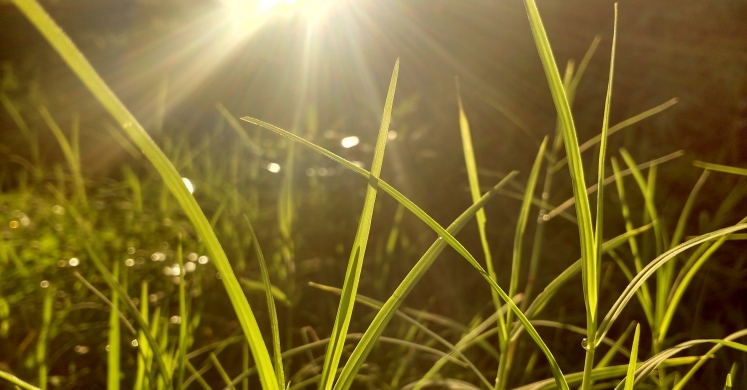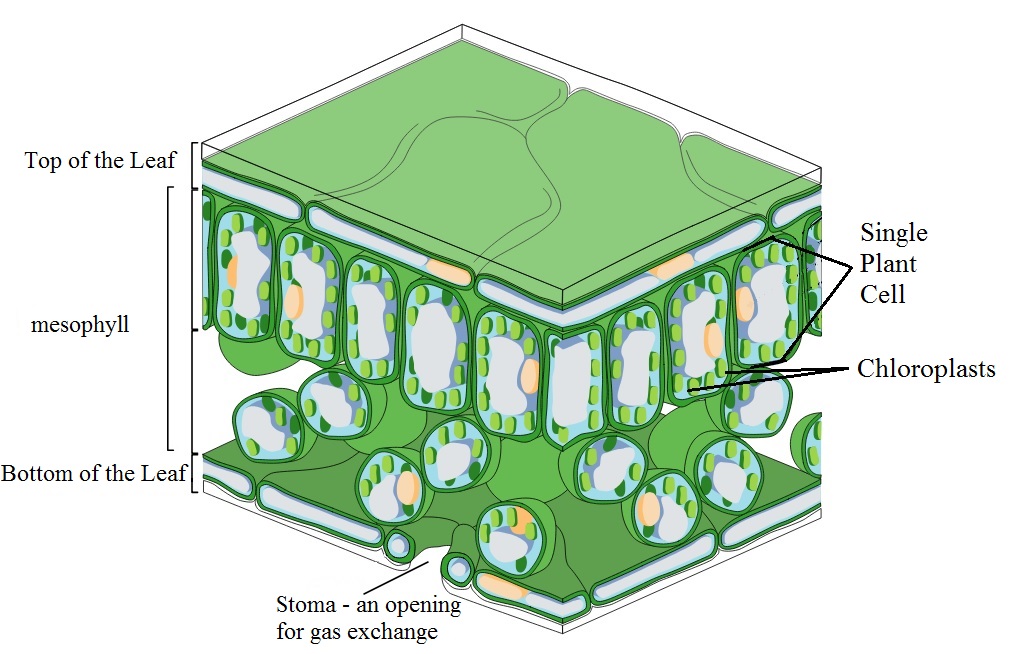Blog

#bioPGH Blog: The Photosynthesis Conundrum
 A resource of Biophilia: Pittsburgh, #bi oPGH is a weekly blog and social media series that aims to encourage both children and adults to reconnect with nature and enjoy what each of our distinctive seasons has to offer.
A resource of Biophilia: Pittsburgh, #bi oPGH is a weekly blog and social media series that aims to encourage both children and adults to reconnect with nature and enjoy what each of our distinctive seasons has to offer.
Several years ago, a friend of mine was playing an intense game of trivia when the question came up “Where does photosynthesis occur in plants?” My friend Beth, halfway through a graduate program in biology, excitedly wrote in the chloroplasts. She was then most befuddled when the answer they were looking for was leaves. Of course photosynthesis occurs in the leaves, but chloroplasts are inside the leaves, no? This left the trivia-playing restaurant buzzing with science questions. Who was correct in this matter? Does photosynthesis only occur in leaves? And…what are chloroplasts? You and I may not be sitting in that restaurant, but let’s explore!
Let’s start at the most basic level: what are chloroplasts, and what do they have to do with photosynthesis? Chloroplasts are a type of organelle, a “little organ” within plant cells. If you look at the diagram of a small square of a leaf below, you can see that within the plant cells are little green flecks, almost like little green hockey pucks—these are the chloroplasts. Chloroplasts contain the important molecular machinery that facilitates photosynthesis. So, here we see that both Beth and the trivia game were correct—photosynthesis occurs in the chloroplasts in the leaves.

Are the leaves the only place where photosynthesis can occur, though? Are the cells of the leaves the only place where chloroplasts can be found? That’s where nature likes to reminds that as much as we try to define it, it always can surprise us. Woody plants can actually photosynthesize in their branches and even trunks! Have you ever noticed a nick on a branch or the side of a tree and noticed some slightly green woody tissue? You most likely reached the cortex, the layer just below the bark; and in many woody plants, that layer is capable of photosynthesizing. This is useful for the plant in a few different ways: first, the production of an energy resource. The second has to do with carbon dioxide concentrations of the plant. The plant cells within trees are constantly respiring—a chemical reaction, just like our own respiration, that creates carbon dioxide as an end product. In trees, though, the bark does not allow gas exchange or a release of all of this carbon dioxide. Thus, since carbon dioxide is an important ingredient in photosynthesis, a woody plant whose trunk can photosynthesize can manage some of that carbon dioxide more efficiently. (It has even been hypothesized that perhaps sycamores have such flaky bark to allow for more photosynthesis in the trunk.)
Well, there you have it, Beth—photosynthesis occurs in the chloroplasts, which can be found in the cells of leaves and elsewhere in the plant. On the flipside, though, the fact that photosynthesis came up during a trivia game is as exciting as a blooming passion flower to me! The trivia patrons in the restaurant were all asking questions about leaves and photosynthesis! The natural world is a veritable treasure trove of wonders and fascination, and the more we can talk about it, explore it, and learn more about it, the more fascinating it becomes. So I say, bring on the trivia and bring on the plants!
Connecting to the Outdoors Tip: Right now is the perfect time of year to fully appreciate tree trunks - why not try your hand at identifying local trees without their leaves? This guide from Iowa State University can help you!
Continue the Conversation: Share your nature discoveries with our community by posting to Twitter and Instagram with hashtag #bioPGH, and R.S.V.P. to attend our next Biophilia: Pittsburgh meeting.
Resources
Photo credits: Judy Gallagher CC-BY-2.0, Pexels public domain

